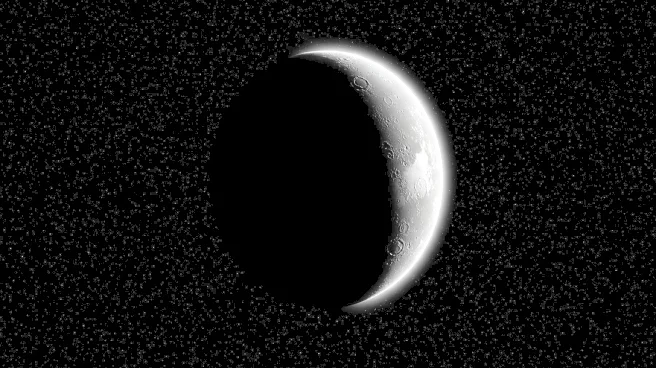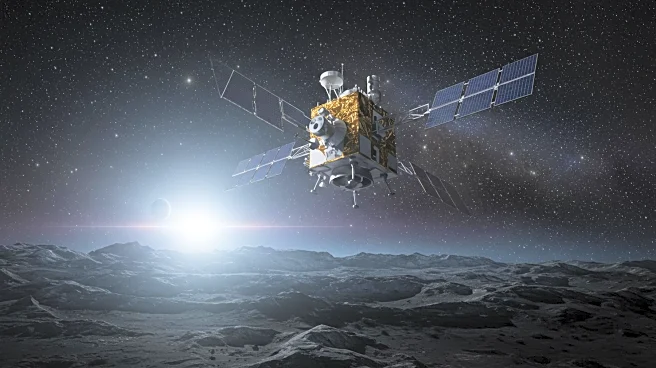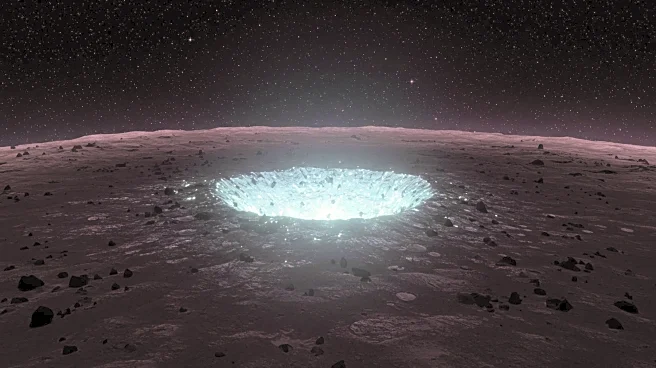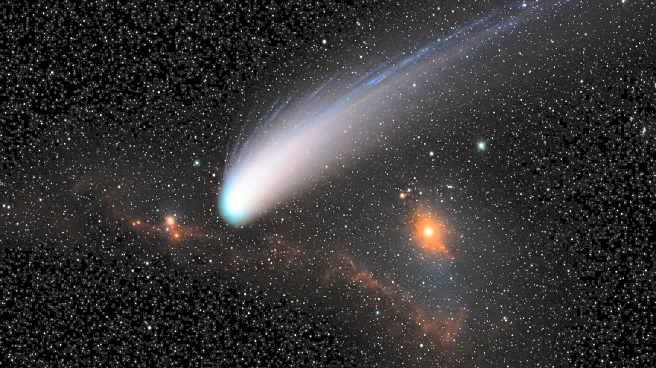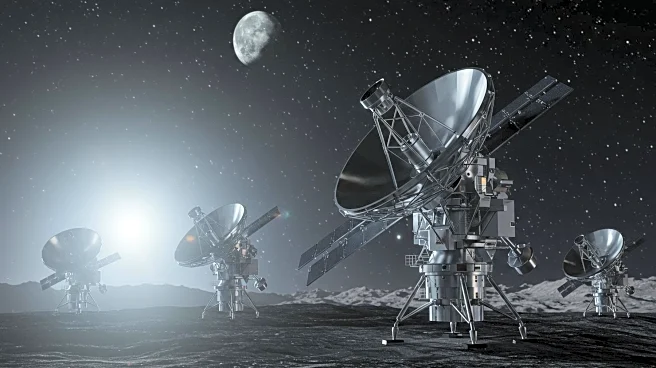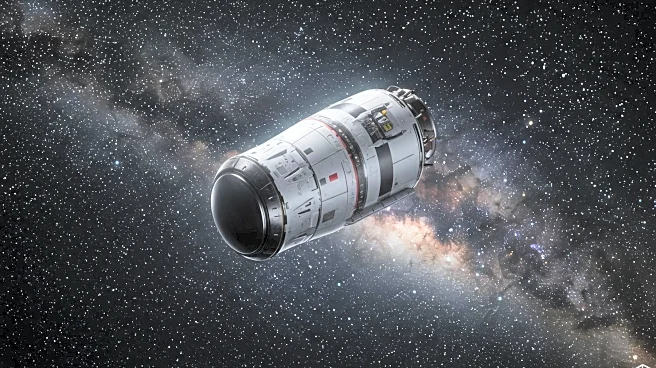What's Happening?
NASA's latest research indicates that the dwarf planet Ceres may have had a long-standing source of chemical energy capable of supporting microbial life. The study, led by Sam Courville and published in Science Advances, suggests that Ceres's subsurface ocean might have had a steady supply of hot water containing dissolved gases from its rocky core. This chemical energy, fueled by radioactive decay, could have provided the necessary conditions for life. Although no evidence of life has been found, the research supports the theory that Ceres may have been habitable in the past.
Why It's Important?
The findings offer new insights into the potential for life on other planets and moons in the solar system. Understanding the conditions that could support life on Ceres helps scientists identify similar environments elsewhere, potentially guiding future exploration missions. The research also contributes to the broader field of astrobiology, enhancing our understanding of how life might arise and persist in different cosmic environments. It underscores the importance of studying celestial bodies with water and chemical energy as key indicators of habitability.
Beyond the Headlines
The study raises important questions about the evolution of celestial bodies and their potential to host life. It highlights the role of internal heating and chemical processes in creating habitable conditions, offering a new perspective on the search for life beyond Earth. The research also emphasizes the need for continued exploration and study of dwarf planets and icy moons, which may hold clues to the origins and evolution of life in the universe.


